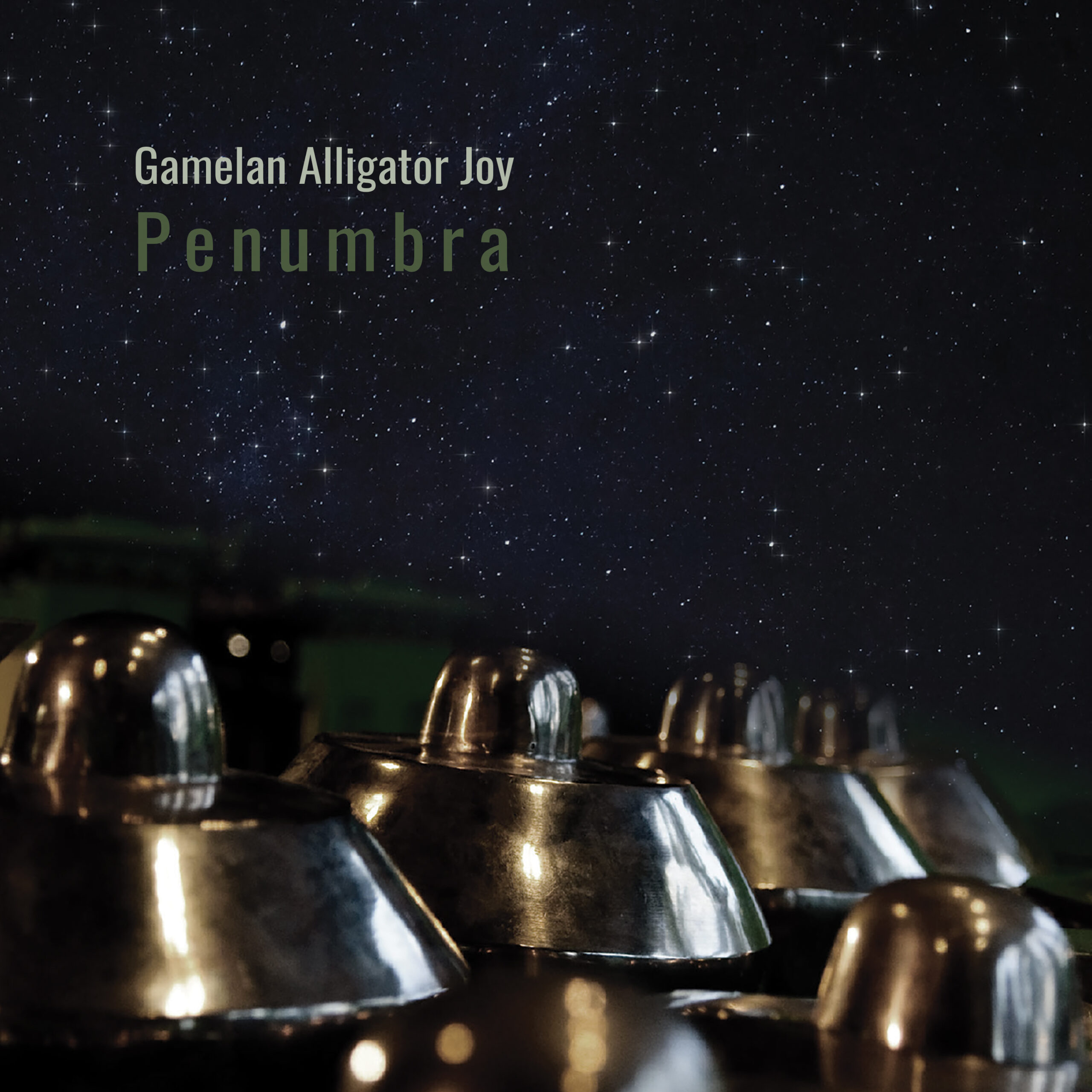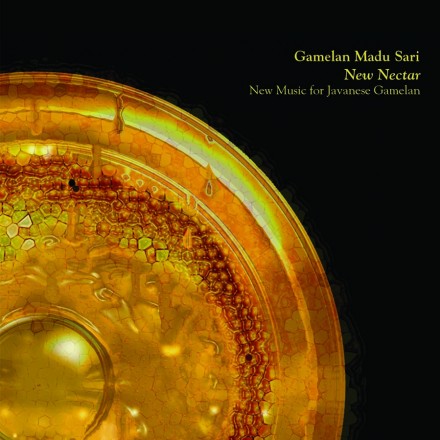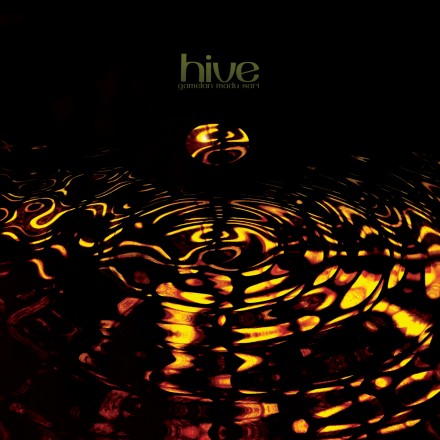Gamelan Alligator Joy
Penumbra
SGL2411-2“Canada’s Gamelan Madu Sari do one of the most interesting jobs of fusing the heart of Javanese gamelan music with Western sensibilities…There’s plenty of time for the music to be explored…and to introduce surprises. It’s not music for casual listening, but something to sink into, complex and inviting, and utterly absorbing.”
— Chris Nickson, Allmusic.com
It’s been 15 years since Vancouver’s new music/Javanese gamelan group released its last record, Hive. In the meantime the ensemble took a new name. Traditionally, gamelans are named after the poetic honorific title bestowed on the large gong: Madu Sari translates as “the essence of honey”. But times change, and Alligator Joy was named after the rumoured-to-be-gun-running freighter that brought this newly created, chamber-sized gamelan gadhon to Vancouver in 1990. The pieces on Penumbra were workshopped and premiered on Alligator Joy between 2014 and 2018. By then a complete set of bonangs (small racked pots covering 2 ½ octaves) had been added, but there were still no hanging gongs – its large gong is a pair of closely-tuned, beating plates. A beautiful-sounding and versatile orchestra of high-quality bronze, it lacks only Madu Sari’s majestic power.
As for the music, three of the five composers here (Michael O’Neill, Mark Parlett and Sutrisno Hartana) were featured on Hive, and the other two have also been associated with the group for three or more decades. So these works represent the seasoned thoughts of composers with a long history of intercultural music-making. And they all have something fresh to offer. Hartana’s “Bahureksa” incorporates musical ideas, instruments and traditional songs from the island of Sulawesi into a Javanese context; it embodies and expresses Indonesian concepts of ritual balance and healing. Parlett’s “Dice Over Easy” transforms Javanese modes into a unique harmonic language while challenging performers to invent new small variations in accordance with the composer’s instructions; in these sections a “controlled chaos” is in play. Sam Salmon’s “96 Tiers” (yes, referencing ? and the Mysterians’ “96 Tears”) is a dynamic process piece, an homage to the early minimalism of Steve Reich and Philip Glass, structured in sections of repeating phrases totaling 96 beats. Andreas Kahre’s “Let N = N” dispenses with mallets and beaters – all sounds are produced by ‘finger-drumming’ on metal or wood, and the result is a novel sonic sensuousness hiding a deadpan sense of humour. O’Neill’s “Mode of Attunement” prominently features retuned piano; although not a concerto for piano and gamelan, it artfully explores subtleties around integrating the two, while evoking a nocturnal journey in 11 episodes filtered through hypnogogic consciousness. Parlett’s “Peregrinations in Palindromnia” is overtly a moving meditation; its spare poetic narration combines with spare musical gestures to immerse the listener in a deep evocation of the natural world – of place, transience, death, and return. Finally, O’Neill’s “Grotto: Ventriloquial Investigations” is a condensed version of his music-driven puppet play, with O’Neill voicing both himself and his quick-witted puppet Seamus). Set in an underground grotto evoking Plato’s cave fused with Jung’s unconscious (represented in performance by constantly evolving live computer projections), O’Neill’s ‘spoken-word opera’ adapts a wide range of original and borrowed texts, amidst philosophical sparring, musical interludes, songs, jokes and melancholy observations, circling around the ultimate unanswerable questions (with a tip of the hat to Edgar Bergen and Charlie McCarthy).
Penumbra being the third and perhaps final release by this group of composer-performers, it stands as a shared statement of their long-term commitment to creating new music beyond the usual borders of genre, style and approach, not limited by aesthetic assumptions or preconditions – apart from their performer’s understanding of the gamelan tradition and their appreciation for the great variety of sounds a gamelan can produce. Mark Parlett: “The pieces on this record allow for a multiplicity of emotions and thoughtscapes. Art and the ability to comprehend it are made in the same workshop. People often enough don’t allow themselves to let go into the sound palette and just receive the beautiful imagery that gamelan-based music can induce…. I think the first impression a first-timer gets when encountering gamelan, Balinese or Javanese, is that the ear is at once intrigued and resistant at the same time – the evocativeness of the sound of struck bronze is initially one of wonder and there is a type of ‘transcendent’ feeling in the resonance of the soundscape. Those aspects still remain with me after being at this for almost 40 years.”


